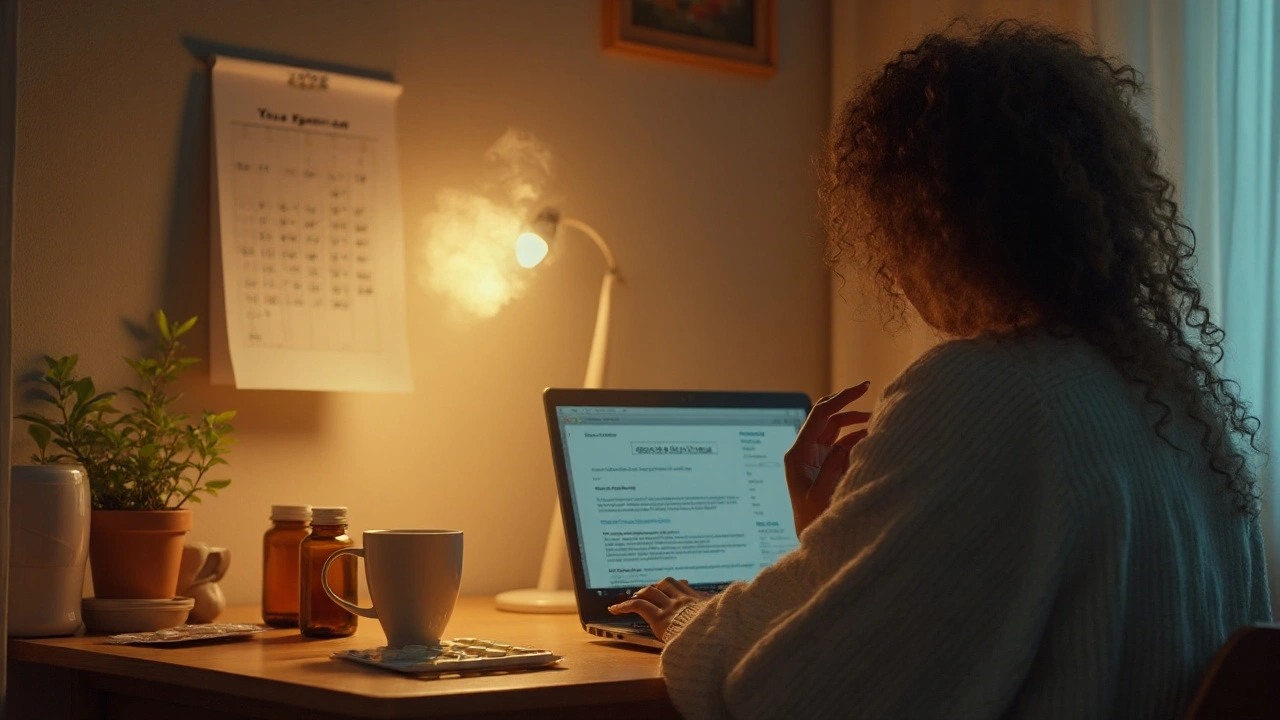Can estriol help chronic pain? A clear 2025 guide on mechanisms, who it may suit, dosing forms, risks, monitoring, and how to talk to your doctor in Australia.
Menopause Pain Relief: What Helps and Why
If you’re in the middle of menopause, chances are you’ve felt more than just mood swings. Achy joints, throbbing headaches, or that nagging muscle soreness can make each day feel like a grind. The good news? Most of these aches have clear triggers and easy ways to dial them down.
Common Causes of Pain During Menopause
First off, the drop in estrogen messes with your body’s pain sensors. Lower hormone levels can make joints feel stiff, especially in the knees and hands. Hot flashes also play a role – the sudden heat surge narrows blood vessels, which sometimes ends in a sharp head or neck ache.
Apart from hormones, lifestyle factors pile up. Poor sleep, lack of movement, and high‑stress days all amplify discomfort. Even caffeine or alcohol can worsen night sweats, leaving you tired and more sensitive to pain.
Practical Ways to Ease the Discomfort
Start with small moves: a 20‑minute walk most days keeps joints lubricated and releases endorphins that naturally block pain. If walking feels tough, try low‑impact options like swimming or gentle yoga – both stretch tight muscles without stressing the knees.
Nutrition matters too. Foods rich in omega‑3 fatty acids (salmon, walnuts, flaxseed) have anti‑inflammatory effects that can calm joint soreness. Pair this with a daily dose of vitamin D and calcium to support bone health during the estrogen dip.
When it comes to meds, over‑the‑counter NSAIDs such as ibuprofen or naproxen work for occasional flare‑ups, but they shouldn’t become a habit without talking to your doctor. If pain is constant, low‑dose hormone therapy might be an option; many women report reduced joint aches and fewer hot flashes.
Don’t forget relaxation techniques. Deep‑breathing exercises, meditation, or even short power naps can lower cortisol levels, which in turn reduces muscle tension. A warm bath with Epsom salts before bedtime helps relax sore muscles and improves sleep quality.
If none of these tricks bring relief, schedule a visit with your healthcare provider. They can check for other causes like arthritis or thyroid issues that sometimes appear alongside menopause.

